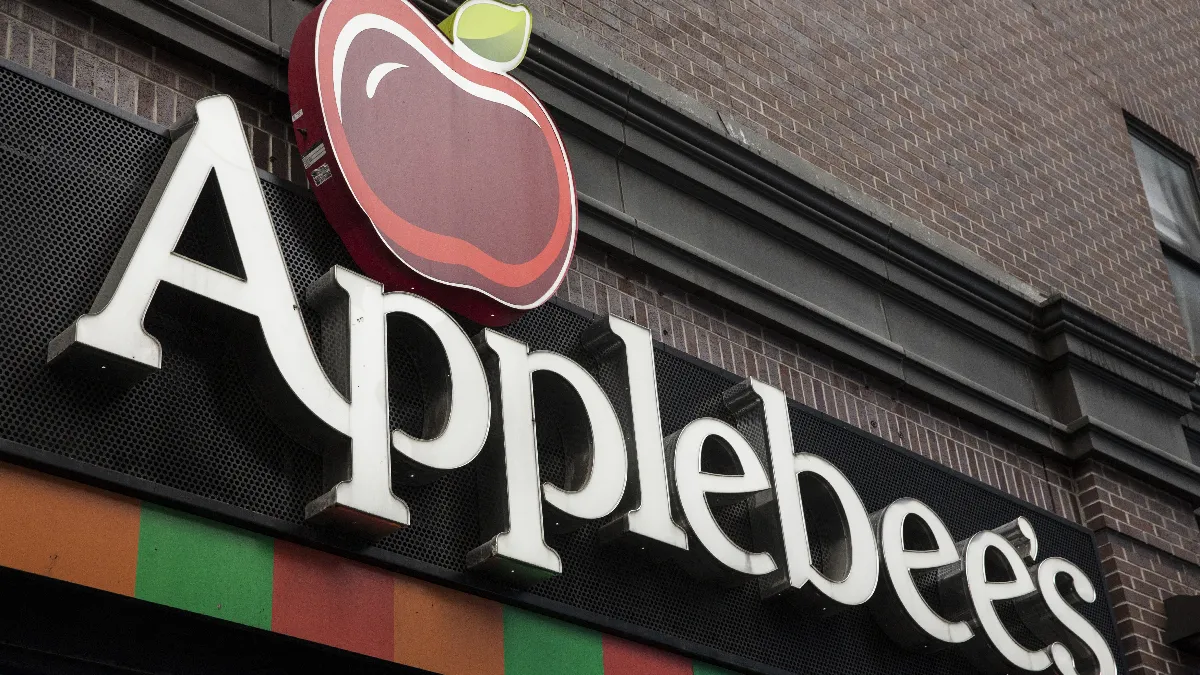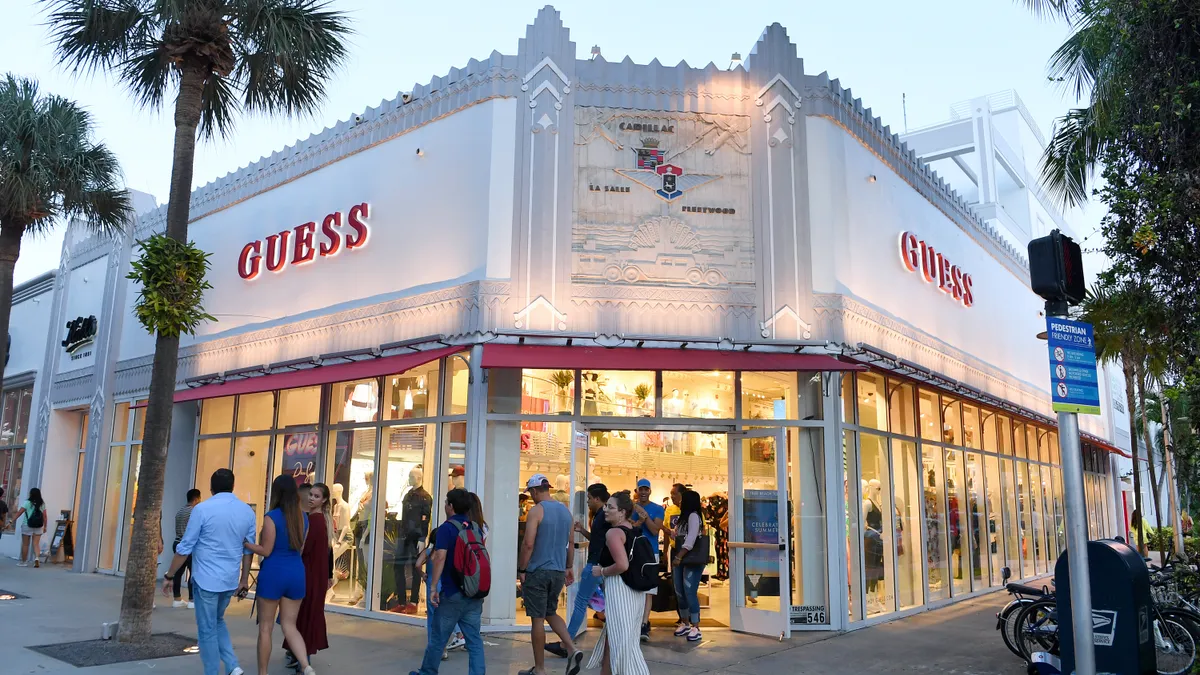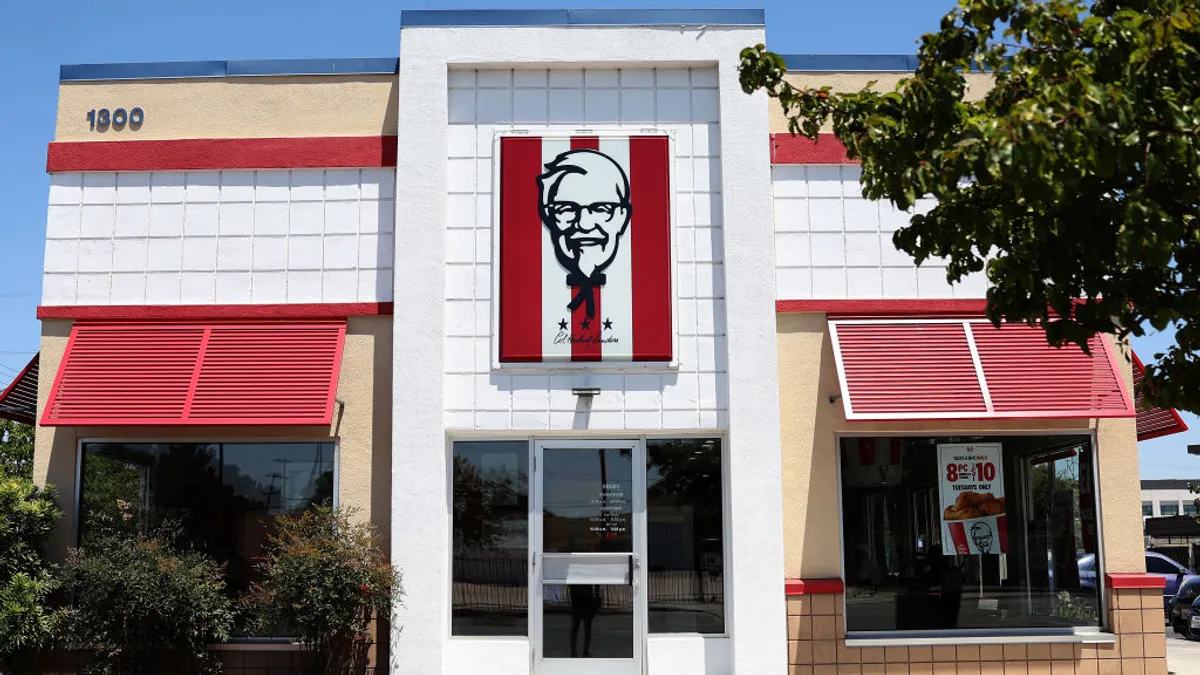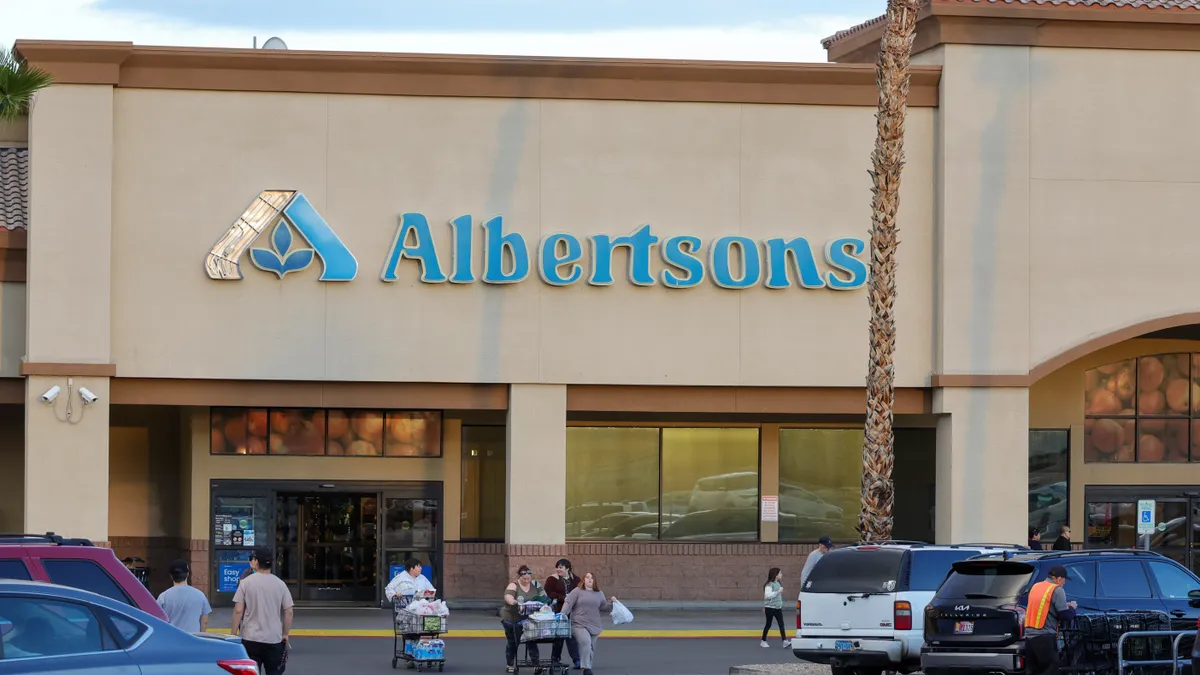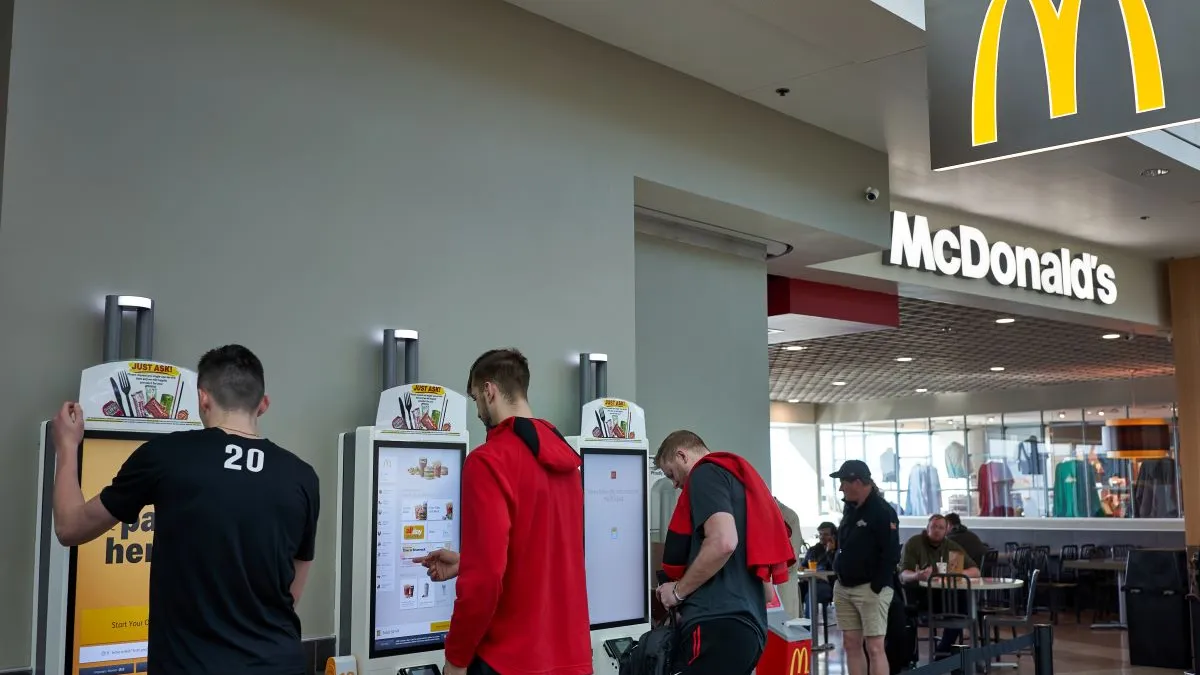Customer experience initiatives need regular nurturing, and their growth depends on conversations with all the relevant stakeholders.
This has been the most important lesson Jill Marchick, VP of consumer insights and business analytics at Applebee’s, has discovered over the course of her career, she said during a presentation last month at the Qualtrics X4 conference in Salt Lake City.
“You can't just launch a program and say, ‘I'm done. OK, onto the next thing,’” Marchick said. “You have to refresh this. You need to keep people engaged throughout the whole organization. It's a big investment, and you’ve got to make sure people are using it.”
The combination of conversations with stakeholders and constant refinement sits at the heart of Applebee’s customer listening strategy. The strategy uses feedback from franchisees and managers, and the company constantly refines its efforts based on feedback from customers and associates.
“We all get reams of data, but how do you take that data and make it actionable for the bottom-line team members, those servers that are working in our restaurants, all the way up to the franchise organizations and corporate as well?” Marchick said.
All stakeholders contribute
Nearly all Applebee’s restaurants are franchised, which makes the company’s franchisees extremely important stakeholders.
“I always say feedback is a gift, and they've been giving a lot of gifts,” Marchick said. “So I developed some thick skin, but we know it is all very helpful, and we try to take it and learn it as much as we can.”
Applebee’s created a cross-functional committee that includes its insights and analytics team and operations team, as well as some of its biggest franchisees, according to Marchick. This combination ensures all relevant parties have a say in the ongoing process.
Loss of knowledge from turnover was also a consideration — the Applebee’s learning and development team was engaged at every step of the process to ensure that new people could access and understand the restaurant chain’s data with a reasonable amount of training.
Applebee’s cast a wide net while designing its current customer feedback questionnaire, according to Marchick. While the company implemented some general best practices for questionnaire development, it wanted to ensure corporate and franchisees were each getting feedback that was relevant to their needs.
“I wanted their buy-in as well to make sure they're utilizing the data because you can write a great questionnaire, but if they're not finding the questions helpful, then what's the point of doing it?” Marchick said.
Dashboards depend on the user
Disseminating the data is every bit as important as collecting it. Managers and associates play an important role in Applebee’s dashboard development process — they’re the ones using the information to shape restaurant-level operations.
The dashboards contain information from the questionnaires, as well as Google reviews, customer service calls and other sources, according to Marchick. Applebee’s plans on adding DoorDash in the future as part of its constant refinement strategy.
“We're making modifications to our dashboard all of the time, and making sure that it's as visible as possible,” Marchick said.
The company also took steps to ensure franchisees could dig into relevant comparisons, all based on a single source of the truth, according to Marchick.
For example, a restaurant franchisee in Alhambra, California, can see the numbers for their own restaurant, then compare the data to all Applebee’s locations in Southern California, their franchise group overall, or Applebee’s as a whole.
Applebee’s divides data from in-restaurant and delivery orders into their own individual categories, according to Marchick. Each option is used by a very different set of customers, so being able to look at the victories and pain points from each dining experience is very important.
Incentives offer benefits beyond data
Applebee’s has spent time looking into the best ways to collect feedback from customers and employees.
Financial incentives are a powerful tool for encouraging survey completion while improving the bottom line, according to Marchick. The company tested four different options, and landed on a $10 off a purchase of $40 or more coupon as the most effective approach.
“The beauty of it is you take the survey, we email you the $10 off $40 offer, but you only have 30 days to use it,” Marchick said. “Not that many use it, but for the ones [who] do, it's an extra visit, which is a win-win for us. And guess what? The average check is even higher.”
Convenience is also a factor. Customers can complete the questionnaire right at their tables using the built-in tablets that let customers pay for their meals.
One benefit of Applebee’s information collection capabilities is its ability to close the loop with dissatisfied customers quickly and on their terms.
If a customer rates any measurement on a survey, including overall satisfaction, with a one, two or three, the restaurant in question has 72 hours to handle the issue, according to Marchick. The customer chooses whether they want to be contacted, as well as how, and from there any problems can be pinpointed and resolved.
“It's so important to close that loop, to make sure we solve every issue because it's very difficult right now in the restaurant industry,” Marchick said. “Some of it's on us, some of it's on the guests, but it's important that we solve these problems as quickly as possible.



